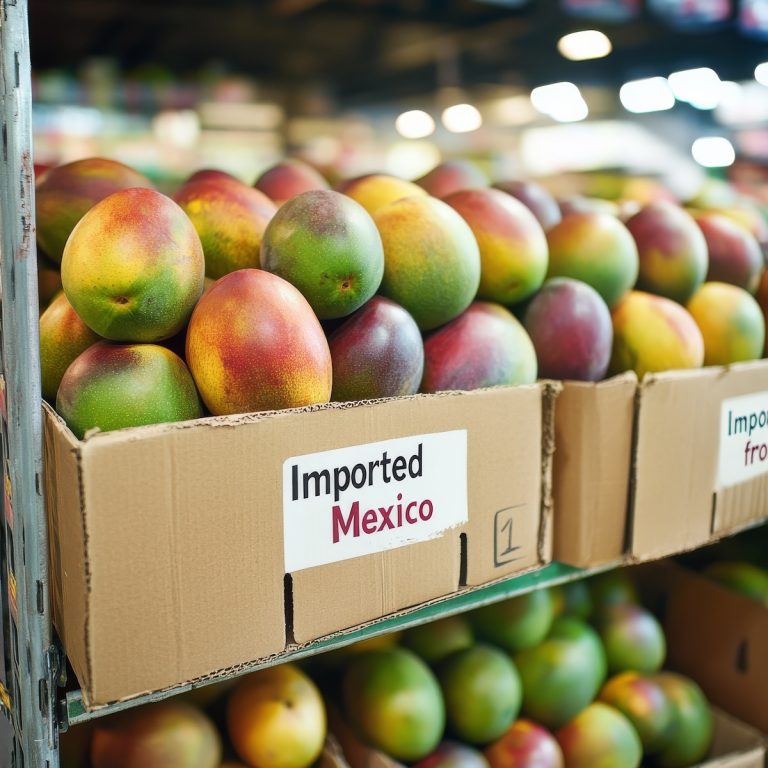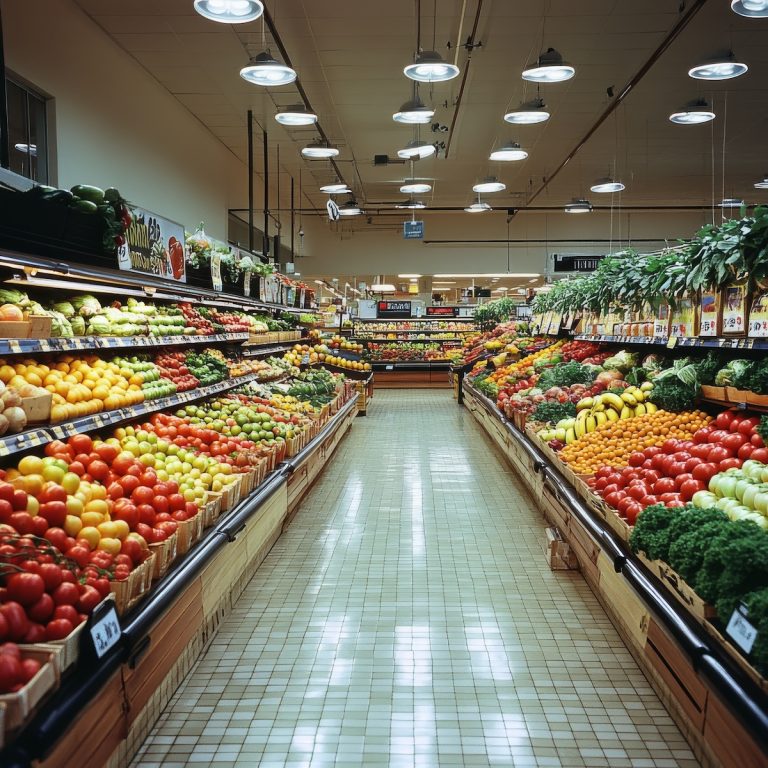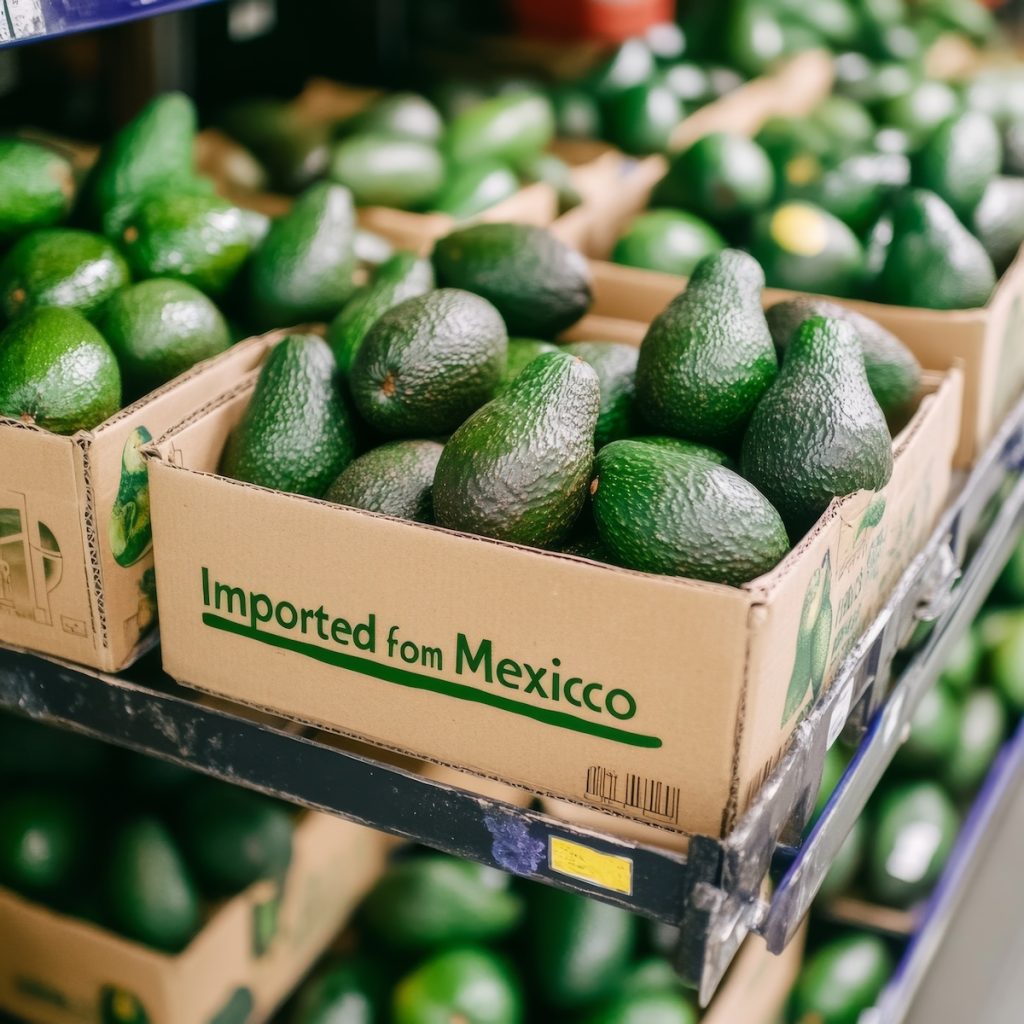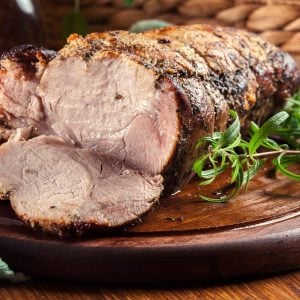Add Your Heading Text Here
Your fruit bowl’s about to feel the burn—and not in a good way. The latest round of tariffs is taking aim at imported goods, and fresh produce is right in the crosshairs.
That avocado toast? It might start costing luxury money. The juicy grapes, the crisp peppers, the mangoes you love? All caught in the squeeze.
No, I don’t have a crystal ball—or a grocery store receipt from the future—but I’ve been digging into the supply chains, import sources, and tariff lists. And the signs are clear: we’re staring down price hikes, thinner selections, and some serious headaches for shoppers and sellers alike.
This isn’t a rant, and it’s not a guess. It’s a heads-up. These are the fruits and vegetables most at risk of getting hit by tariff-related cost increases, especially the ones we import out of season or year-round. From Mexico to Chile to China, if it’s crossing a border, there’s a good chance it’s going to cost more.
So before you wonder why your grocery bill keeps climbing, take a look at what’s behind those empty spaces and rising price tags. The produce section is changing—and fast.
Tariff Effect on Fruits and Vegetables
The current trade tariffs can have several significant effects on fresh fruits and vegetables, especially when those products—or key inputs used to grow, store, or transport them—are imported. Here’s how:
Higher Prices for Imported Produce: Fruits and vegetables imported from tariff-affected countries will get more expensive. Importers will pay more at the border, and those costs will almost certainly be passed to wholesalers, grocers, and ultimately, consumers.
Reduced Variety: Expect to see fewer choices on shelves, especially for out-of-season or specialty produce (e.g., berries from Mexico, grapes from Chile, or exotic fruits from Southeast Asia).
Pressure on Domestic Growers: While some U.S. farmers may benefit in the short term from reduced competition, many rely on imported tools, fertilizers, seeds, or labor affected by tariffs. Their production costs may rise, squeezing profit margins and limiting output.
Supply Chain Disruptions: Tariffs frequently result in delays, rerouted shipments, and strained supplier relationships. This can cause gaps in availability and lead to increased spoilage, especially for highly perishable goods.
Inflationary Ripple Effects: As fresh produce becomes more expensive, so do foodservice costs, restaurant prices, and prepared meals that include fruits and vegetables.

When Will We Feel It?
In most areas, we’re just starting to feel the early tremors of tariff-related price hikes, but the full impact typically lags behind the policy by a few weeks to a few months. Here’s why:
Inventory Lag: Many retailers and distributors still have inventory purchased under pre-tariff prices. Once that stock runs out, new, higher-priced shipments will hit the shelves.
Seasonal Imports: The biggest price jumps tend to appear when domestic growing seasons end and reliance on imports spikes (e.g., winter months for tomatoes, peppers, berries).
Shipping & Contract Cycles: Importers often work on quarterly or biannual contracts. As these renew under new tariff conditions, price increases will pass downstream.
Retailer Strategy: Some grocers may absorb small hikes at first to stay competitive, but that isn’t sustainable long-term—expect gradual increases rather than immediate shocks.
Bottom line: If you’re not seeing major increases yet, expect them within 1–3 months, especially for produce that’s imported year-round or is out-of-season domestically.
| Product | Primary Import Source | Tariff Risk Level | Potential Impact |
| Apples | Chile, New Zealand | Medium | Moderate import reliance, some domestic buffer |
| Asparagus | Peru, Mexico | Medium | Mild-to-moderate impact on availability and pricing |
| Avocados | Mexico | High | Significant price hikes and reduced availability |
| Bananas | Ecuador, Costa Rica | Low | Stable (low tariff risk but vulnerable to logistics) |
| Bell Peppers | Mexico | High | High risk of price spikes and supply issues |
| Berries (strawberries, blueberries) | Mexico, Chile | Medium-High | Higher prices during off-season; limited supply variety |
| Broccoli | Mexico, Canada | High | Significant impact during peak import periods |
| Carrots | Canada, Mexico | Medium | Some price sensitivity, especially in winter months |
| Cauliflower | Mexico, Canada | High | Similar to broccoli; risk varies seasonally |
| Cherries | USA, Chile | Medium | Higher prices likely outside U.S. growing season |
| Cucumbers | Mexico, Canada | Medium | Moderate risk of price hikes and availability issues |
| Garlic | China | High | High price volatility and availability issues |
| Grapes | Chile, Peru | Medium | Moderate price increases; fewer imports |
| Green Beans | Mexico, Guatemala | Medium | Potential shortages and price increases |
| Kiwi | New Zealand | Medium | Niche import; prices could spike unexpectedly |
| Lettuce | Mexico, Canada | Medium | Possible shelf gaps and rising prices |
| Limes | Mexico | High | High volatility tied to seasonal imports |
| Mangoes | Mexico, Peru | Medium | Increased costs in off-seasons |
| Onions | Mexico, Canada | Medium | Sporadic price fluctuations depending on origin |
| Oranges | Mexico | Medium-High | Vulnerable to spikes due to limited growing regions |
| Pears | Argentina, Chile | Medium | Susceptible to off-season pricing pressures |
| Pineapples | Costa Rica | Low | Generally stable but could see cost increases |
| Plums | Chile | Medium | May see cost increases during peak demand |
| Tomatoes | Mexico, Canada | High | Notable price increases; could impact sauces and processed foods |
| Zucchini | Mexico | Medium | Moderate risk during peak season |





